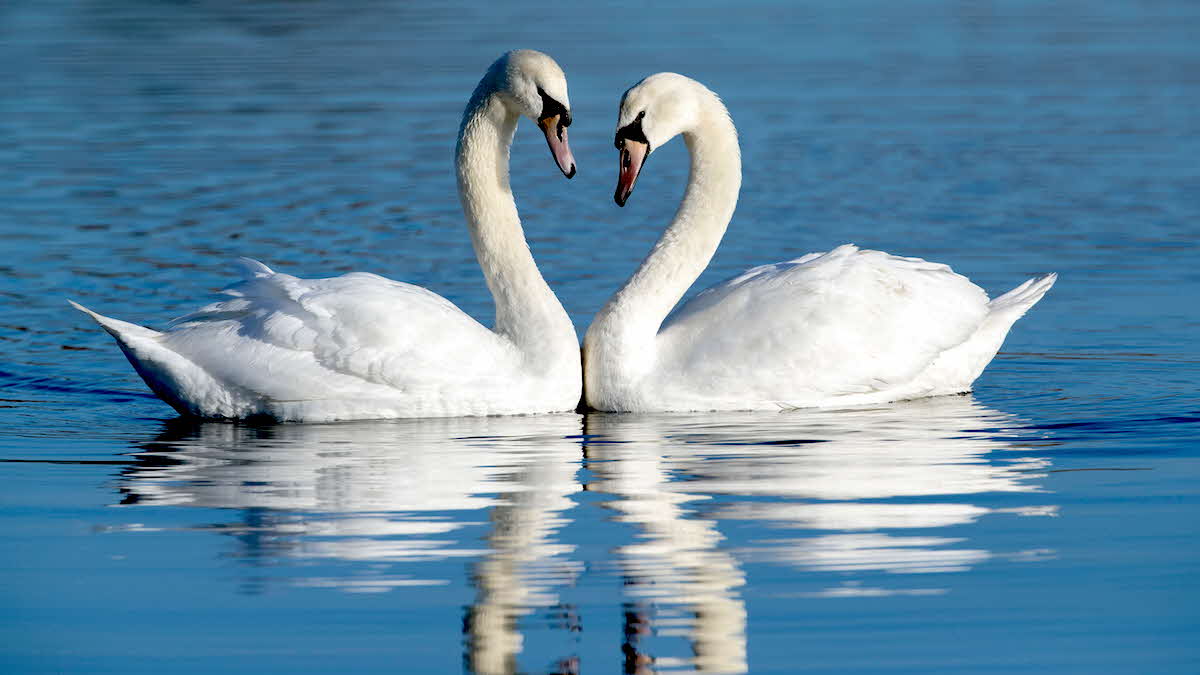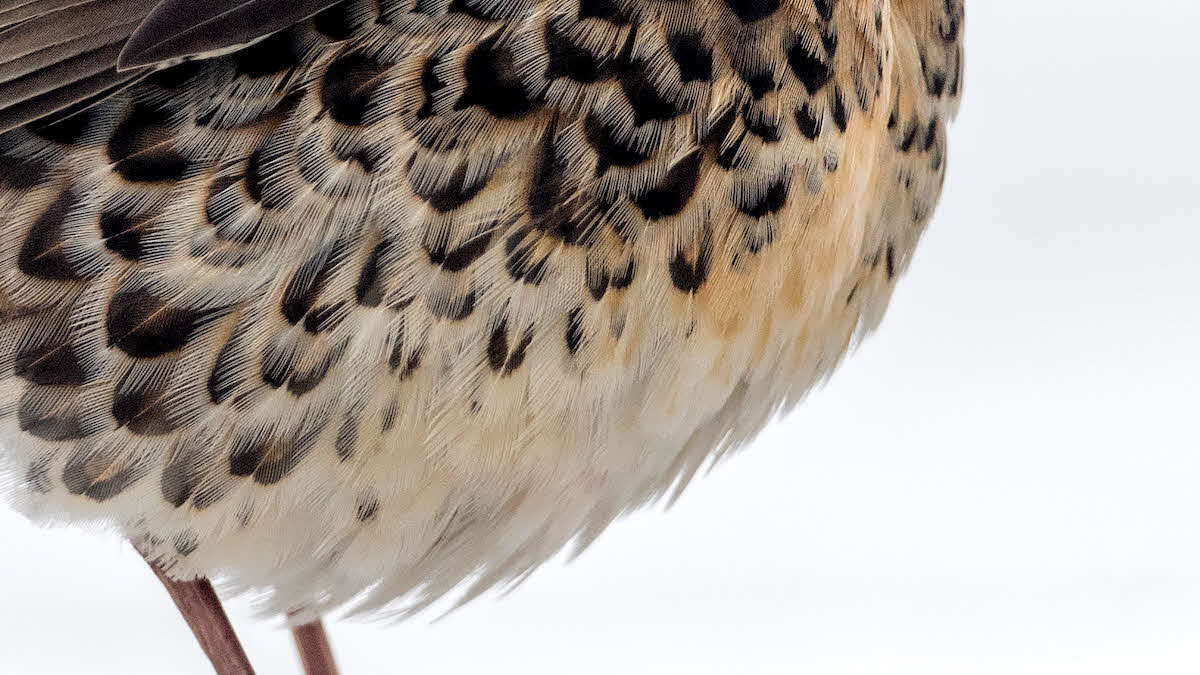Top nature campsites
You’ll be amazed at the variety of animals to spot on some of our Club campsites
View our top nature campsitesKnown to mate for life, the swan is one of our most recognisable creatures. David Chapman celebrates its grace and beauty…

Fearless, serene, aggressive, graceful... all words that could be used to describe what must be one of our most instantly recognisable birds, the mute swan.
The term ‘mute swan’ is a bit of a misnomer – and even a contradiction. The word ‘swan’ is derived from the Anglo-Saxon term for a ‘sounder’, and although the mute swan has a variety of hisses and honks, ‘sounder’ probably refers to the noise made by the bird in flight. The humming throb of a mute swan’s wings as it powers its way through the air is one of nature’s most inspirational sounds.
Weighing in at 13kg, the mute swan is Britain’s heaviest bird, and it has to put a lot of energy into its flight as a result. In order to maintain its weight, it eats about 4kg of aquatic vegetation each day, but its diet also includes freshwater snails, grass, small fish, frogs and grain. The wingspan of a mute swan is around 240cm, making it our biggest resident bird. It also lays the largest egg of any British bird; the greenish-brown shell can measure 11cm long and 9cm wide.
Mute swans mate for life and, since they can sometimes achieve a ripe old age of between 10 and 15 years, that represents exceptional fidelity in the natural world. In captivity, swans have lived longer – up to 26 years.
The pen (female) lays between five and eight eggs. She does most of the incubation, but the cob (male) stays close by to protect her. He will challenge any other swan that comes within striking distance and is not afraid to stand up to humans as well.
To make himself look more threatening he will fluff out his feathers, arch his wings and approach the threat head-on, a behaviour known as ‘busking’. Usually this will be enough to ward off an assailant, but, if not, a loud hiss usually does the trick. If all else fails the swan will attack with beak and wing.
Young swans are called ‘cygnets’, which is derived from the Old French word, ‘cygne’, meaning water-bird or duck (the suffix ‘et’ signifies a small bird). The cygnets stay with their parents until winter, at which point their father will chase them away to find a territory of their own. But it will be a full year before the birds have adult plumage (shedding the off-white feathers and losing the less colourful bill) and a further two or three years before they reach breeding age.
Although unmarked swans swimming in open water were traditionally the property of the monarch, they were kept as a food source for the wealthy from medieval times. Their wings were clipped to stop them flying away and they were served as a delicacy at banquets. Swan ownership was popular until the middle of the 18th century, but the bird population decreased as poorer people collected them for their own tables. Numbers recovered during and between the two World Wars, but took a downward turn again in the 1960s.
The latter decline was due to two factors. Many swans were killed as they flew into power lines, particularly where they crossed waterways, while lead weights used by anglers led to poisonings. Thankfully the problem of power lines was tackled to some degree using visible markers and the use of lead in angling weights was banned in 1987.
Winter provides us with the chance to see two other species: whooper and Bewick’s swans. Both can be distinguished from the mute swan by their yellow and black bills. Bewick’s swans were named in memory of Thomas Bewick, a prominent naturalist and bird artist who died in 1828. Their breeding grounds are found in the northern parts of Russia and their migration brings them into the southern half of Britain.
Interestingly, over the past few decades the migration of Bewick’s swans has reduced by about eight miles each year (on average). Milder winters mean they don’t need to move as far west, and the result is that the number of Bewick’s swans seen in the UK is falling (from about 6,000 in 1984 to about 1,300 in 2020). However, according to the Wildfowl & Wetlands Trust (WWT) the European population has remained fairly stable.
The whooper swan has a more northerly distribution. A very small number of pairs breed in northern Britain, but numbers are boosted to about 16,000 each winter when the breeding population of Iceland returns to winter with us.
They are first seen in Scotland, where a large group stays around the Solway Firth, while other birds come farther south into northern England. They were named whooper swans because of their ‘whoop-whoop’ call and can be distinguished from the Bewick’s swan by the greater proportion of yellow on their bill and their larger size (about the same as a mute swan).
Whooper and Bewick’s swans can be seen occasionally anywhere in the UK, mostly between November and March, but the most reliable sites are those belonging to the WWT. Its website (wwt.org.uk) provides the latest sightings for anyone who wants to catch up with one of these beautiful birds.

Every month I will show you a photo of something from the natural world. It might be a close-up, or a subject that is difficult to identify. All you have to do is figure out what it is! Here is this month’s photo; no clues or prizes – it’s just for fun. (I will give you the answer next month, but if you can’t wait, see the Digital Magazine.)
The subject of November’s mystery photo was: male tufted duck.